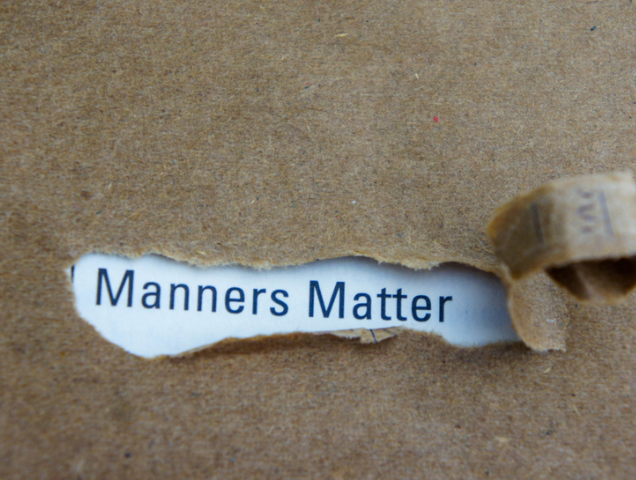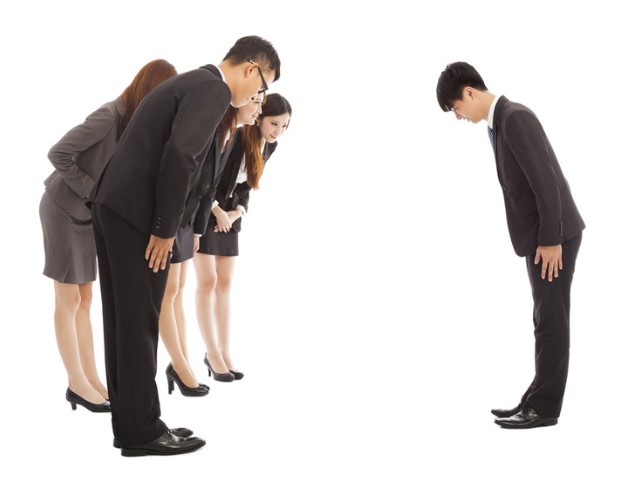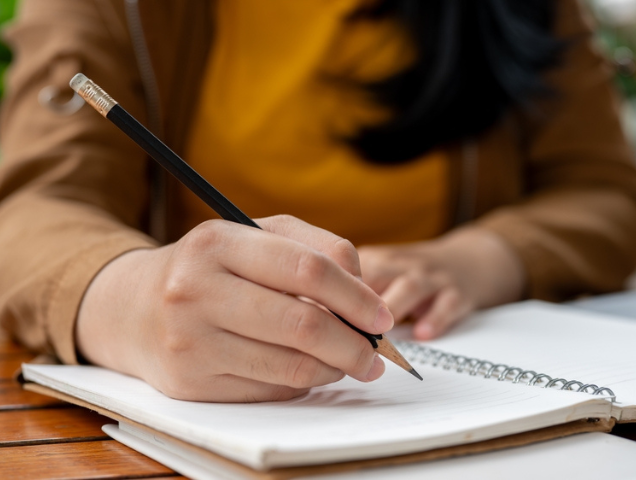Meeting a visiting teacher is a special opportunity in the world of Ikebana. Whether you're attending a demonstration or taking part in a small group lesson, showing respect and appreciation through your words and actions can create a meaningful cultural exchange. This guide offers gentle reminders and suggested phrases - both in English and Japanese - to help you feel confident and prepared.

Note: A special thank you to Hisayo Sugaya for reviewing this post. Her insights were invaluable in ensuring its accuracy and cultural appropriateness, especially regarding Japanese phrases and customs.
Whether you're attending a demonstration, participating in a workshop, or joining a small group lesson, meeting a guest teacher, especially from Japan, is a special opportunity. In the spirit of Ikebana and Japanese cultural values, even simple gestures can convey deep respect and appreciation.
This post is meant to offer helpful guidance for students who are new to this kind of experience, as well as a thoughtful refresher for those reconnecting with a visiting teacher. For more on general classroom etiquette, you might also enjoy this earlier post.

Dress neatly and simply. Clean, comfortable clothing is fine—there's no need for formalwear—but avoid overly bright colors, large logos, or strong perfumes. Japanese cultural aesthetics often favor subtlety.
If you’re bringing a small gift (even a note or local treat), present it with both hands and say something like:
Remember, it's likely the Sensei will be taking this on an airplane, perhaps even out of the country, so be mindful of size and what might not be allowed through customers (i.e., no live plants, fresh fruits, etc.).

A warm smile and a small bow go a long way.
What to say when you meet them for the first time:
If you’ve met the teacher before but aren’t sure if they’ll remember you, you might say:
Be attentive, quiet, and observant. Avoid interrupting or speaking while the teacher is arranging or explaining. Taking notes or sketching is considered a respectful way to engage.
If you're receiving individual feedback:
It’s completely appropriate, and appreciated, to offer a simple, sincere compliment after a demonstration or class.
Suggested phrases:
Avoid exaggerated praise or humor. It can feel insincere. A calm, grateful tone is best.

As the lesson or demonstration concludes:
If you’re interested in exploring the deeper values behind Japanese aesthetics and communication, we recommend this reflective post:
🔗 Exploring Cultural Aesthetics: A Summary of In Praise of Shadows
Meeting a guest teacher is a special moment. It’s not about impressing them with perfect arrangements or perfect language. It’s about showing respect, presence, and gratitude.
For more guidance on general class behavior and workshop etiquette, you can also revisit this post.
I hope this guide helps you feel more confident and connected.
Joe Rotella
Associate Second Term Master
Ohara School of Ikebana